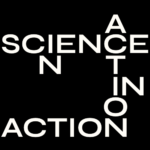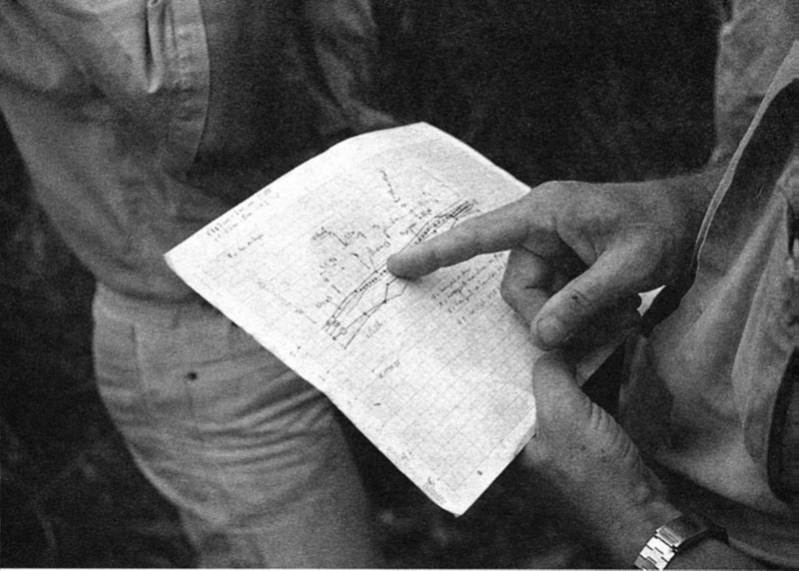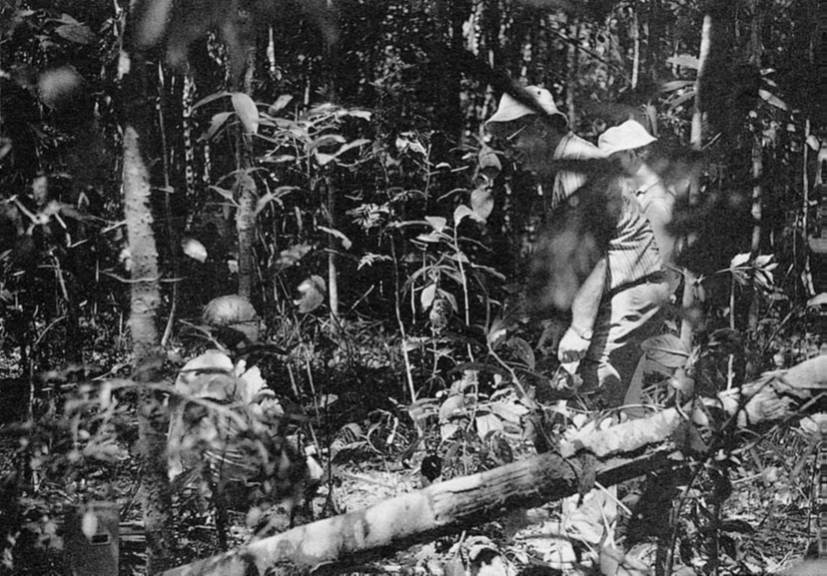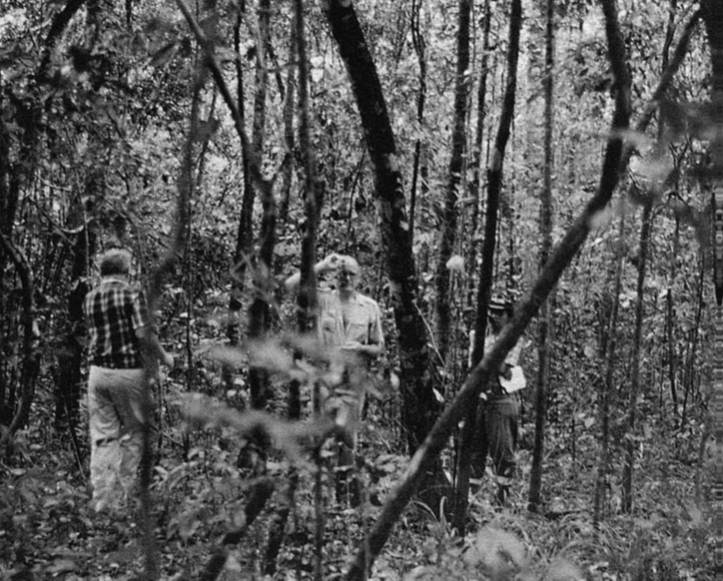SCIENTIFIC INVESTIGATIONS
Learn the methods scientists rely on when creating facts, knowledge, and enduring understanding...


Descriptive
Descriptive scientific methods are used to gather data regarding natural phenomena and natural relationships and includes observations and measurements of behaviors.

Comparative
Comparative scientific methods are used to determine and quantify relationships between two or more variables by observing different groups that either by choice or circumstance are exposed to different treatments.

Experimental
Experimental scientific methods are used to investigate the relationship(s) between two or more variables when at least one of those variables can be intentionally controlled or manipulated. The resulting effect of that manipulation (often called a treatment) can then be measured on another variable or variables.

Modelling
Both physical and computer-based models are built to mimic natural systems and then used to conduct experiments or make observations. Weather forecasts are an example of scientific modeling that we see every day, where data collected on temperature, wind speed, and direction are used in combination with known physics of atmospheric circulation to predict the path of storms and other weather patterns.
